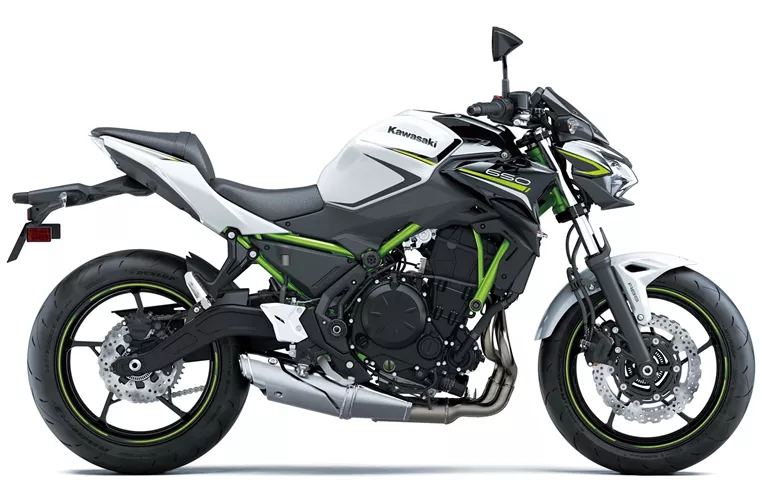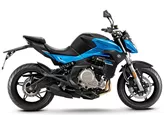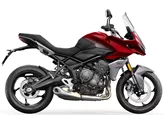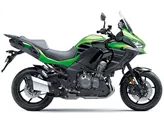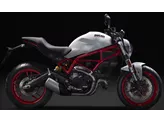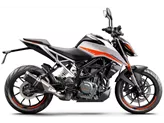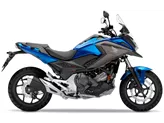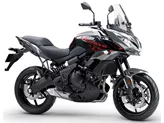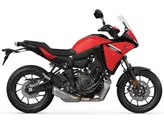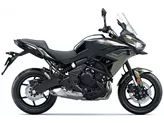Kawasaki Z650 2020 vs. Kawasaki Versys 650 2016
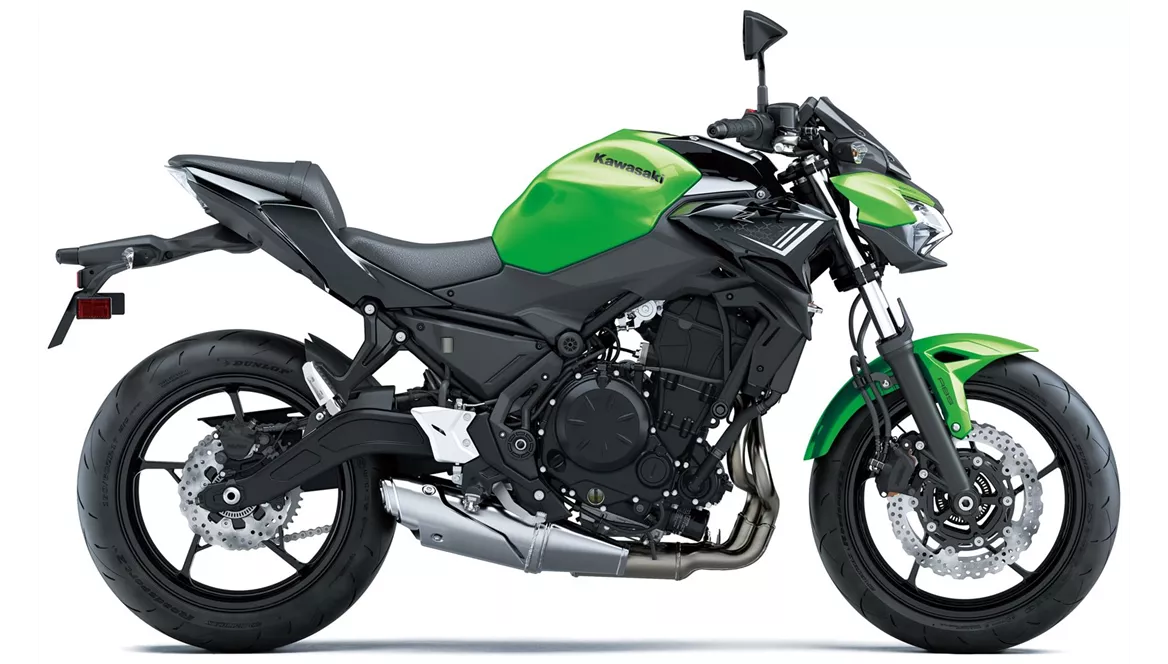
Kawasaki Z650 2020

Kawasaki Versys 650 2016
Vue d’ensemble - Kawasaki Z650 2020 vs Kawasaki Versys 650 2016
The Kawasaki Z650 2020 and the Kawasaki Versys 650 2016 are both popular models from Kawasaki, but they have some notable differences in terms of specifications and features.
Starting with the engine and drive train, both bikes have an in-line, liquid-cooled engine with the same bore and stroke measurements of 83 mm and 60 mm, respectively. However, there is a slight difference in engine power and torque. The Z650 2020 has a slightly lower engine power of 68.2 HP compared to the Versys 650 2016 which has 69 HP. Similarly, the Z650 2020 has a torque of 65.7 Nm, while the Versys 650 2016 has a torque of 64 Nm. Both bikes have an electric starter and a chain transmission.
In terms of suspension, the Z650 2020 features a telescopic fork at the front, while the Versys 650 2016 has an upside-down telescopic fork. The rear suspension of the Z650 2020 can be adjusted for preload, whereas the Versys 650 2016 allows for rebound adjustment.
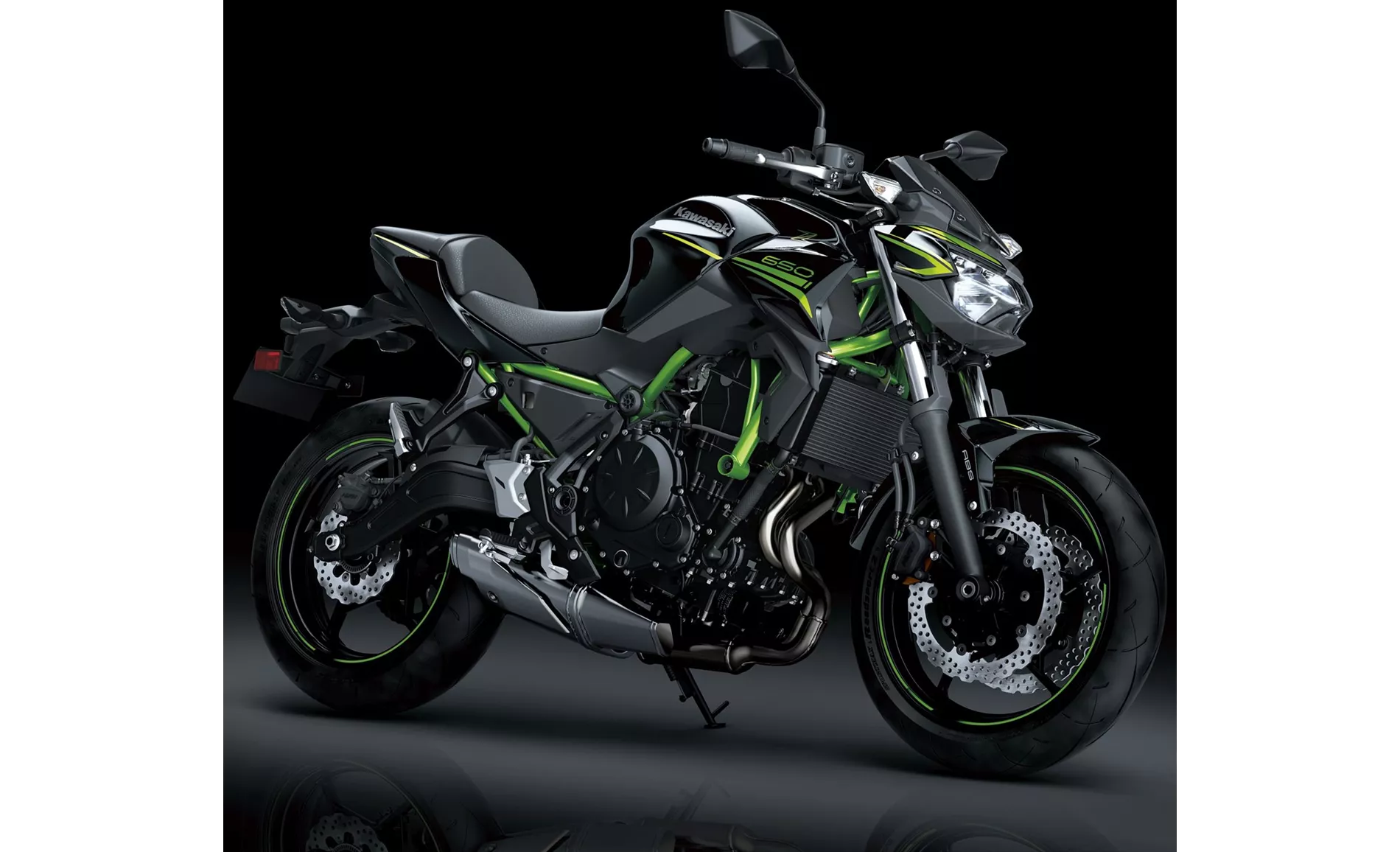
Kawasaki Z650 2020
Both bikes have a steel frame and double disk brakes with double piston technology at the front. They also share the same tire specifications, with a front tire width of 120 mm and a rear tire width of 160 mm. The tire diameters are also the same at 17 inches.
When it comes to dimensions and weights, the Z650 2020 has a slightly shorter wheelbase of 1410 mm compared to the 1415 mm of the Versys 650 2016. The seat height of the Z650 2020 is lower at 790 mm, making it more suitable for riders with shorter legs. On the other hand, the Versys 650 2016 has a higher seat height of 840 mm, which may be more comfortable for taller riders. The Z650 2020 has a kerb weight of 185 kg (187.1 kg with ABS), while the Versys 650 2016 is heavier at 214 kg (216 kg with ABS). Additionally, the Versys 650 2016 has a larger fuel tank capacity of 21 liters, providing a longer range compared to the Z650 2020's 15-liter tank.

Kawasaki Versys 650 2016
In terms of strengths, the Z650 2020 offers a powerful two-cylinder engine, aggressive intake noise, compact dimensions, low seat height, stable chassis, TFT display with connectivity, and a grown-up look. On the other hand, the Versys 650 2016 boasts adjustable brake and clutch levers, a wide range of use, a 21-liter fuel tank, and a sporty look.
However, both bikes have their weaknesses as well. The Z650 2020 has been criticized for its front brake pressure point, which may not be to everyone's liking. It is also potentially uncomfortable for tall riders, and the Rideology App is not considered 100% sophisticated. The Versys 650 2016, on the other hand, has narrow handlebars, can feel somewhat sluggish in bends, and has a high seat, which may not be suitable for shorter riders.
In conclusion, while both the Kawasaki Z650 2020 and the Kawasaki Versys 650 2016 have their own strengths and weaknesses, they are both reliable and versatile bikes that cater to different riding preferences. The Z650 2020 is more suitable for riders who prefer a compact and sporty naked bike, while the Versys 650 2016 is better suited for those who want a more versatile and adventure-oriented motorcycle.
Caractéristiques techniques Kawasaki Z650 2020 par rapport à Kawasaki Versys 650 2016
Avantages et inconvénients en comparaison
Avantages et inconvénients en comparaison
Kawasaki Z650 2020
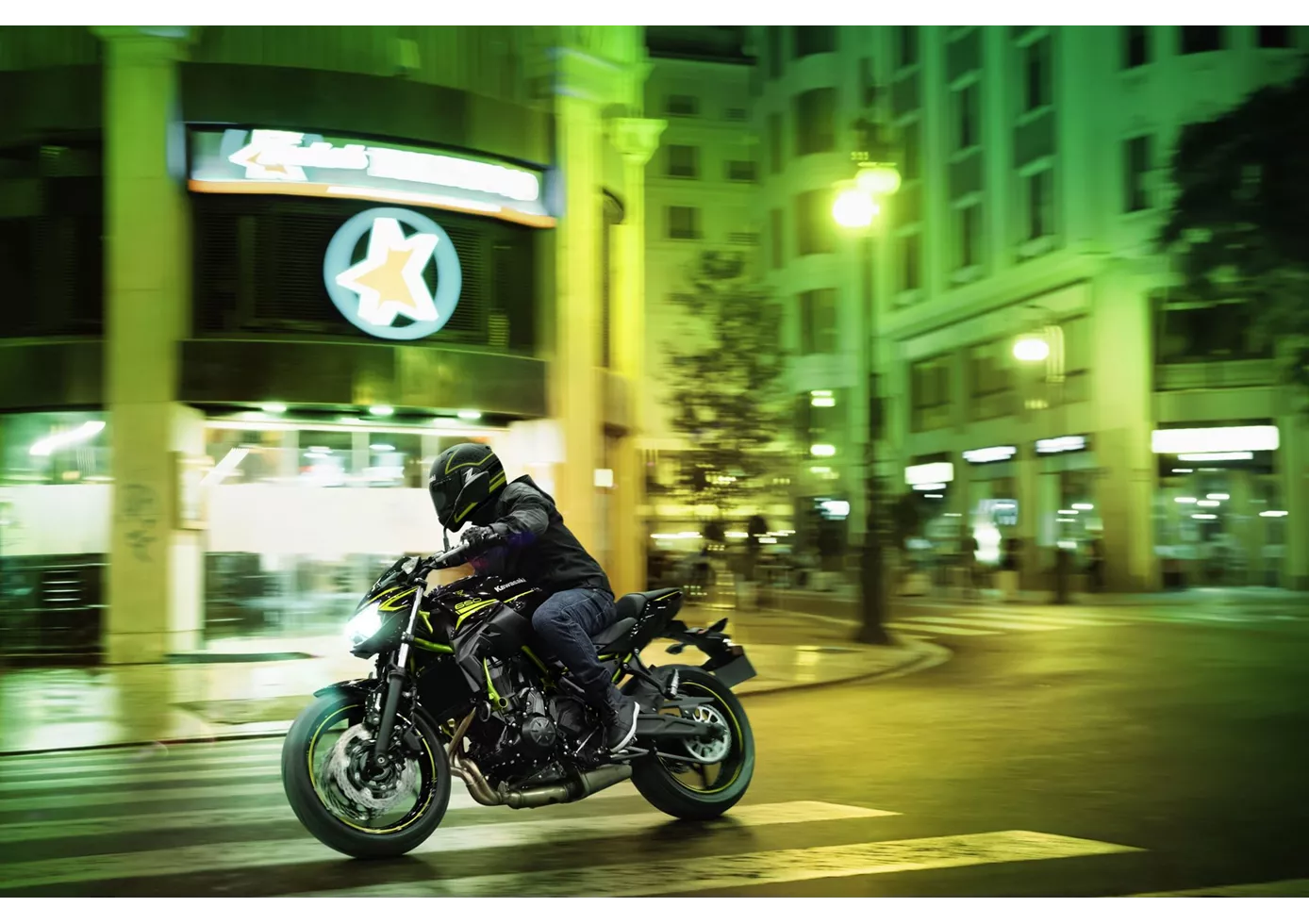
La nouvelle Z650 de Kawasaki est tout simplement un paquet complet. Les composants techniques ne sont peut-être pas à la hauteur, mais combinés entre eux, ils donnent une moto agréablement neutre, avec laquelle tout le monde aura beaucoup de plaisir. Pas de bizarreries - simplement une moto naked qui fonctionne vraiment bien sur les routes de campagne sinueuses. L'écran TFT, que nous ne trouvons pas encore chez la concurrence, ainsi que l'aspect adulte, qui s'inspire fortement des modèles Z plus grands, sont bien sûr des atouts supplémentaires. Seul le point de pression du frein avant aurait pu être plus clairement défini - mais dans cette catégorie de prix, on ne peut pas tout avoir.
Kawasaki Versys 650 2016

Lors de son lancement, la Versys 650 était un concept moderne et rafraîchissant qui, grâce à un moteur bicylindre en ligne poussif, combinait un grand nombre de plaisirs avec une utilité quotidienne élevée et un large éventail d'utilisations. Entre-temps, elle a quelques années au compteur et, après une mise à jour esthétique très réussie, elle méritait aussi une révision technique. Alors que le réservoir ne devrait pas rétrécir, une hauteur de selle plus basse serait souhaitable.
Comparaison des prix Prix moyen du marché Kawasaki Z650 vs Kawasaki Versys 650
There are a few key differences between a Kawasaki Z650 2020 and a Kawasaki Versys 650 2016. In terms of price, the actual average price of a Kawasaki Versys 650 2016 is about 3% higher. Compared to Kawasaki Versys 650 2016 there are more Kawasaki Z650 2020 bikes available on the 1000PS.de Marketplace, specifically 21 compared to 10. It takes less time to sell a Kawasaki Z650 with 80 days compared to 101 days for a Kawasaki Versys 650. Since model year 2017 1000PS.de editors have written 31 reviews for the Kawasaki Z650 and 39 reviews for the Kawasaki Versys 650 since model year 2007. The first review for the Kawasaki Z650 was published on 11/8/2016 and now has more than 25,000 views. This compares to more than 3,900 views for the first review on Kawasaki Versys 650 published on 7/25/2006.
